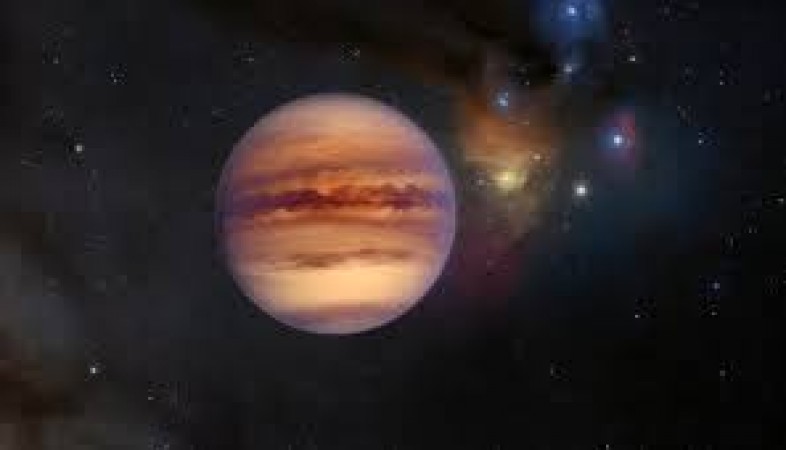
In the vastness of the cosmos, there exist celestial nomads known as "Rogue Planets." These space orphans drift through the galaxy without a star to orbit, untethered by gravitational forces that bind most planets to their parent stars. In this article, we will embark on a journey to explore these enigmatic wanderers, delving into their formation, characteristics, potential habitability, and the fascinating role they play in the universe.
What are Rogue Planets?
Rogue planets, also called interstellar planets or nomad planets, are planetary bodies that do not orbit any star. Unlike typical planets in our solar system, they are not bound by the gravitational pull of a central star. Instead, they wander through the interstellar space, adrift in the cosmic ocean. These celestial vagabonds can be challenging to detect due to their lack of a visible stellar companion.
Formation of Rogue Planets
The formation of rogue planets can occur through various mechanisms. One of the primary ways is through a process similar to that of star formation. In stellar nurseries, gas and dust come together, and while most of it forms a star, some portions may condense into a planet. However, if this newly formed planet does not achieve enough mass to initiate nuclear fusion and become a star, it remains detached from any star, becoming a rogue planet.
The Loneliness of Space Orphans
Rogue planets face a solitary existence in the dark expanse of space. Unlike planets that orbit stars, they do not receive any light or warmth from a central celestial body. Consequently, temperatures on these planets can plummet to extremely low levels, making survival challenging for any known forms of life.
Characteristics of Rogue Planets
Rogue planets come in various sizes, ranging from small, icy bodies to gas giants. Their atmospheres and surface conditions can vary significantly based on factors such as composition, distance from their parent star (if they had one during their formation), and any subsequent interactions with other celestial bodies.
Detecting Rogue Planets
Detecting rogue planets presents a unique set of challenges for astronomers. Since these planets do not emit light and lack a parent star, they are essentially invisible in the traditional sense. However, scientists have developed innovative methods to identify them indirectly, such as gravitational microlensing and direct imaging techniques.
The Fascinating Wanderers of the Galaxy
Rogue planets offer a fascinating glimpse into the dynamics of our universe. They roam freely, sometimes being gravitationally bound to a galaxy rather than a star. Their journeys take them through vast stretches of space, crossing paths with other celestial objects and interacting in ways that shape their trajectories.
Potential Habitability of Rogue Planets
While rogue planets may seem inhospitable due to their lack of a parent star, there is intriguing speculation about the potential for habitability. Some scientists propose that these nomad planets could host life, especially if they possess internal heat sources, such as radioactive decay or residual heat from their formation.
The Future of Rogue Planet Exploration
As technology and our understanding of the cosmos advance, the exploration of rogue planets becomes an exciting prospect. Space agencies and researchers are considering ambitious missions to study these elusive wanderers up close, unraveling their mysteries and learning more about their origins and characteristics.
The Role of Rogue Planets in the Universe
Rogue planets play a significant role in the grand tapestry of the universe. They contribute to the overall mass and matter distribution in galaxies, and their interactions with other objects influence celestial mechanics on both small and large scales.
The Dangers Posed by Rogue Planets
While rogue planets may be captivating, they also present potential hazards. If a rogue planet were to approach our solar system closely, its gravitational influence could perturb the orbits of planets, leading to potential disruptions and collisions. Rogue planets, the space orphans of the galaxy, continue to capture the imaginations of astronomers and space enthusiasts alike. Their mysterious existence challenges our understanding of planetary formation and offers insights into the vastness and complexity of the cosmos. As technology progresses, we look forward to unlocking more of the secrets these celestial nomads hold.
India developing 400 km Long-Range Air Defense Missile System
Snapchat’s Value to drop down in the first Quarter after Parent Company to Fluff in
Google to Reveil Youtube Shorts Proceeds increasing Year by Year